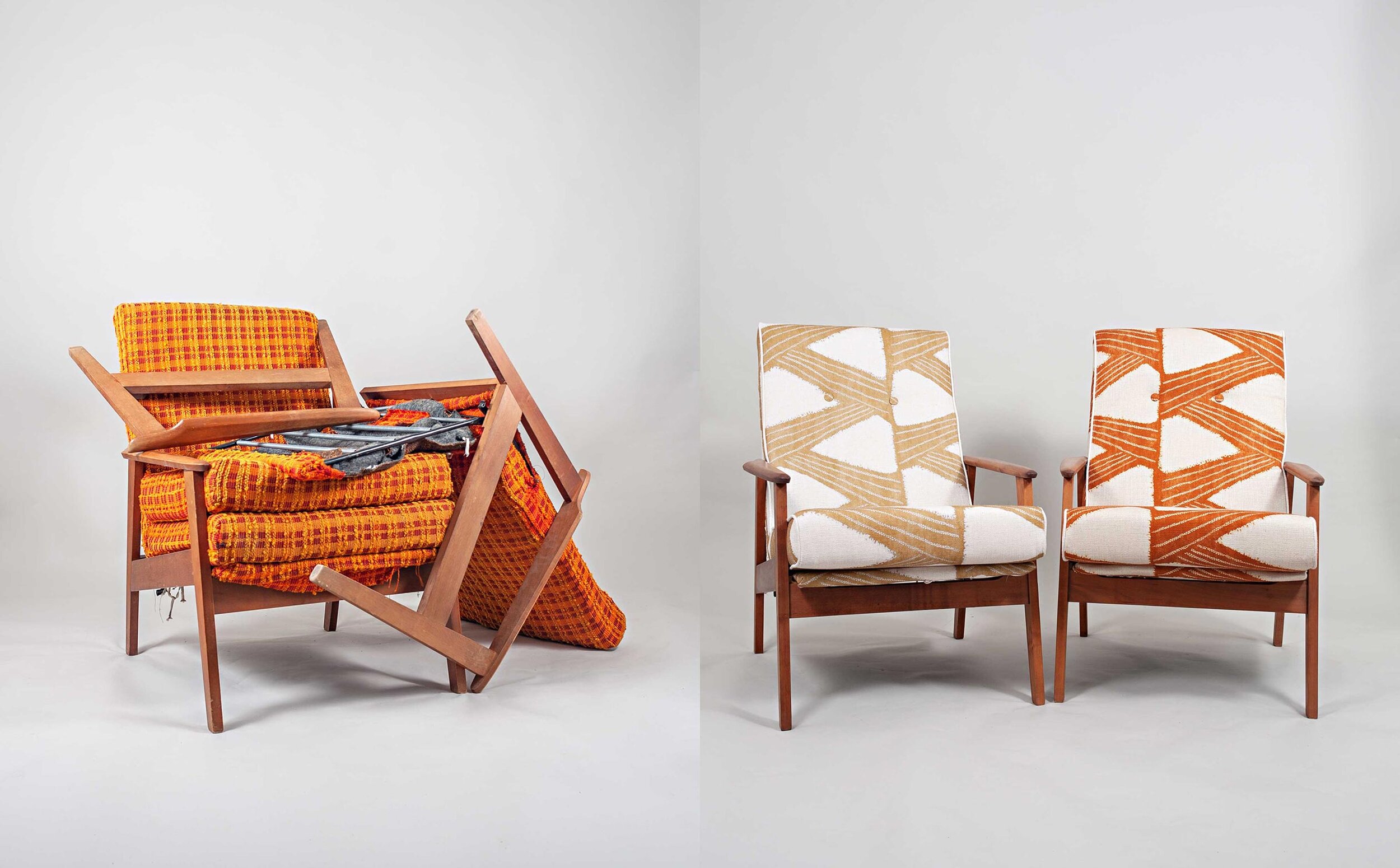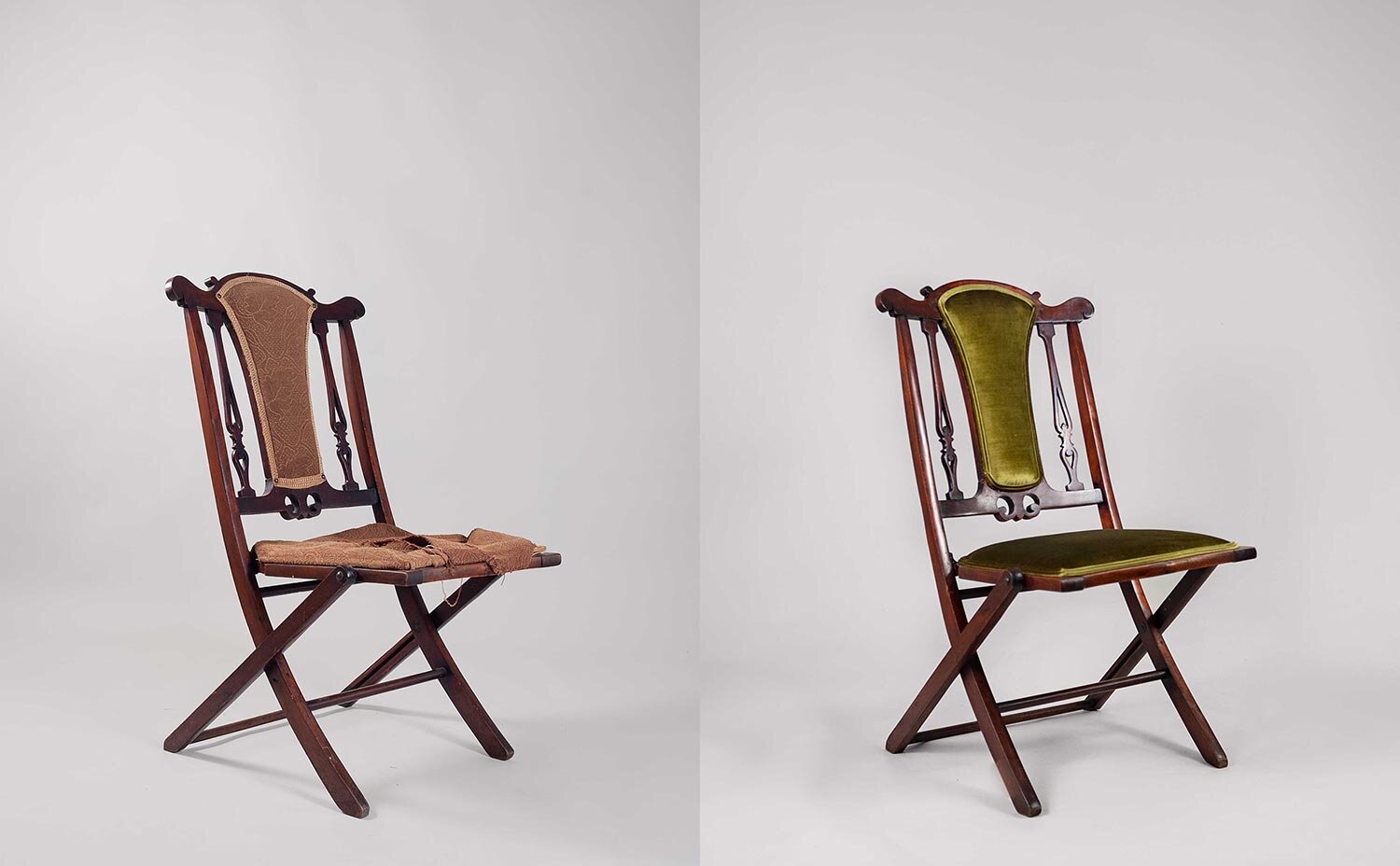On price point: Bespoke Vs Mass-produced Furniture
“Fine art is that in which the hand, the head, and the heart of man go together.
”
Photo by Dida Sundet
Before the Industrial Revolution in the 18th century everything was crafted by hand. Artisans practised fine-tuned craftsmanship to ensure resilient quality, mastering technique and “embodying fitness for purpose, trueness of material, and beauty of form. Craftsmanship was both a method and a quality, the quality being essential, the method incidental, because the methods and tools had changed in the past and were to change again.” [1]
The Industrial Revolution hit the arts and crafts like another Big Bang. Previously meticulous and vigorous individual processes now found themselves on machine operated assembly lines, the craftsmen’s guild displaced by mass-production factories. By around 1860 a ‘vocal minority’ had grown concerned with the lack of personal style and generic arts that came in the wake of the revolution. English designer William Morris founded a firm of interior decorators and manufacturers in 1961 “dedicated to recapturing the spirit and quality of medieval craftsmanship.”[2] The medieval craftsmen were organised in guilds where the highest accomplishment and status attained by masters, then journeymen, and beginner apprentices. Admission to the guild of masters only came with the production of a ‘masterpiece’ which met the standards of established masters. “The medieval master was typically many things at once: a skilled workman himself; a foreman, supervising journeymen and apprentices; an employer; a buyer of raw or semi-finished materials; and a seller of finished products. Because medieval craftsmen employed simple hand tools, a workman’s own skill determined the quantity and quality of his output.”[3]
Image by Dida Sundet Photography
Morris and his team were credited with the birth of the Arts and Crafts Movement which later grew beyond the UK. The movement came as a reaction to the damaging effects of the Industrial Revolution where rapid urbanisation saw a rise in pollution, lack of sanitation, but also the sudden decrease in status of decorative arts and the value of highly skilled craftsmen, and lower quality goods. The Arts and Crafts Movement recognised the need for goods to be manufactured with more integrity and with a focus on creating better and more sustainable systems for small-scale production as well as for living. Morris took inspiration from John Ruskin, an art critic in the Victorian era, who linked ‘social health’ to the way goods were manufactured, arguing that “separating the act of designing from the act of making was both socially and aesthetically damaging.”[4]
Image by Dida Sundet Photography
So, what does this little history review have to do with the difference in cost between bespoke furnishings and mass-produced items? Well, everything. We’re often asked why there’s such a big difference in price point between the two. The answer lies in the comparison with the medieval style craftsmanship and the conveyor belt on the factory floor. Bespoke furniture upholstery means you have the freedom to have something tailored to your measurements in the exact style, fabric and finish of your choice.
Handmade has always been labour intensive because its focus is on individuality and, most importantly, on resilient quality. From stabilizing frames to making sure textile patterns match up, getting the shades of wax to match the wood, polishing, stuffing and lots of machine and hand stitching. The finished product is the work and reputation of the artisan, and unique to each customer. Each piece of restored furniture goes through a rigorous process where each step requires hands on, highly skilled craftsmanship and each restoration job is fine tuned to its owner and the individual piece. There is no automation and no two pieces are identical. There are no computer-generated patterns or pre-cut fabric because there is no mass-production.
Bespoke furniture are keepsakes, and their price will ultimately reflect our personal wants and values. They last longer and perform better because when individuals add their time and their skill to what they create, what you get back is not only a piece of cultural history with a new lust for life, but you invest in the tradition and work of local artisans.
References:
[1] Schaefer,H. 1958, ‘The Metamorphosis of the Craftsman’, College Art Journal , Spring, 1958, Vol. 17, No. 3 (Spring, 1958), p. 266
[2] Lewis, Britannica.com, Arts and Crafts movement, British and international movement
[3] Britannica.com, ‘The craft guilds’, History of the organization of work, https://www.britannica.com/topic/history-of-work-organization-648000/The-craft-guilds
[4] V&A, 2020, ‘Art and Crafts: an introduction’, https://www.vam.ac.uk/articles/arts-and-crafts-an-introduction
[1] Schaefer,H. 1958, ‘The Metamorphosis of the Craftsman’, College Art Journal , Spring, 1958, Vol. 17, No. 3 (Spring, 1958), p. 266
[2] Lewis, Britannica.com, Arts and Crafts movement, British and international movement
[3] Britannica.com, ‘The craft guilds’, History of the organization of work, https://www.britannica.com/topic/history-of-work-organization-648000/The-craft-guilds
[4] V&A, 2020, ‘Art and Crafts: an introduction’, https://www.vam.ac.uk/articles/arts-and-crafts-an-introduction





